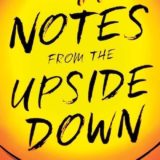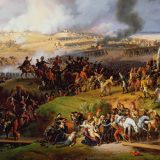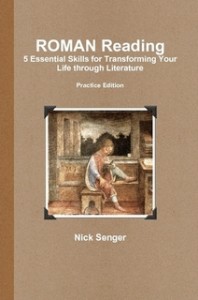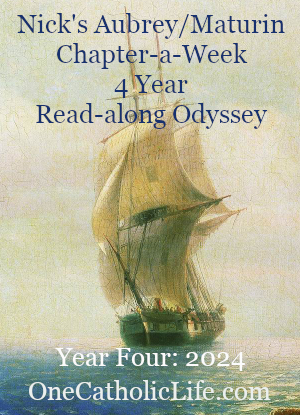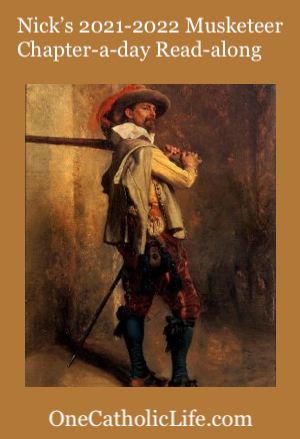In Your Own Words – Homily for the 12th Sunday in Ordinary Time – Year C
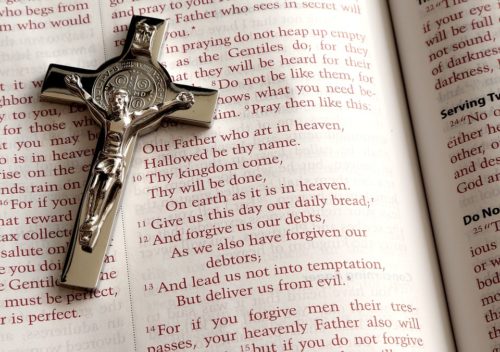
One of the most dreaded phrases
in classrooms everywhere is
“in your own words.”
“Explain the causes of the Civil War in your own words.”
“Describe the process of photosynthesis in your own words.”
Teachers love the phrase because it requires students
to do deep thinking;
and students dread the phrase,
because it requires them to do deep thinking.
It may seem cruel of me to be talking about school
so soon after summer vacation has begun,
but I only bring it up because of what happens in today’s gospel.
Jesus is ending one stage of his ministry,
and he’s giving his disciples a kind of oral mid-term.
This is a turning point in Luke’s gospel.
Jesus is about to begin his long journey
toward Jerusalem and the cross.
Before that happens,
he wants his disciples to be clear about who he is.
And so first Jesus prays in solitude.
In Luke’s gospel, this is always the signal
that something important is about to take place.
This is a key event,
not only for Jesus’ disciples in this gospel,
but also for us, Jesus’ disciples here and now.
And so for this mid-term test,
Jesus begins with an easy question:
“Who do the crowds say that I am?”
That’s just a matter of simple recall.
You can almost see the disciples raising their hands.
“John the Baptist, some say;
others say Elijah;
still others, one of the prophets.”
Maybe the disciples begin to feel a little proud of themselves:
“See, we’ve been paying attention.”
But then Jesus asks the tough question:
“But you, who do you say that I am?”
What he means is,
“You who walk with me and live with me,
you who know me,
Who do you say that I am? In your own words.”
Jesus asks the same question of each one of us.
We might reply
the Son of God,
the New Adam,
the Lamb of God,
my Lord and Savior.
Or maybe we would would borrow some of the great answers
that have come down through the ages
from saints, poets, theologians, and authors*:
In the Litany of the Sacred Heart
Jesus is the House of God and Gate of Heaven.
Fr. Eugene Boylan calls him This Tremendous Lover.
For poet Francis Thompson he is The Hound of Heaven.
To C.S. Lewis he is Aslan, the Lion of Narnia.
Bach called him The Joy of Man’s Desiring.
For Pope John Paul II he is a mirror in which we can see who we are.
Those are all excellent answers,
but they’re not in our own words.
That would be cheating.
Jesus wants the answer in our own words,
not repeated from memory or found in a book.
Peter didn’t read his answer in a catechism;
his answer came through his personal encounter with Jesus.
He saw Jesus work and heard him speak,
and so he was able to say,
“You are the Christ of God.”
Jesus wants our own answer
to be based on our personal relationship with him.
Our answer doesn’t have to be poetic.
It doesn’t even have to be completely right.
Peter’s answer was incomplete—
he correctly called Jesus the Christ,
but he had little idea that it meant Jesus would suffer
and then die on a cross.
We don’t need to worry about flowery language
or getting things just right.
We only need to be honest.
But it can be hard to come up with our own answer
especially since we’ve heard all the other answers so often.
When we start to think about who Jesus is,
the first thing that often comes to mind is what we hear at Mass,
what we’ve been taught by parents and catechists,
or what we’ve read in books.
The challenge of today’s liturgy, then,
is to get past those other answers,
and tell him in our own words who he is for us personally.
There are a couple of practices that can help us do this.
The first is a writing exercise,
and it’s a technique for helping students
who get stuck writing things from the surface,
unable to get at their own deeper thoughts.
The same thing can happen when we think about who Jesus is.
We can remain comfortably on the surface,
simply repeating the same phrases and titles we’ve heard before
without really challenging ourselves to go deeper
and really understand how Jesus wants to transform our lives.
The technique to get below the surface
is a little free writing exercise
that only takes ten minutes.
Get a piece of paper and a pen,
and set a timer for ten minutes.
Start the timer and begin writing an answer to Jesus’ question:
“Who do you say that I am?”
The key is to write for the entire ten minutes without stopping,
without picking the pen up from the paper,
not thinking about spelling or grammar,
not analyzing what you’re writing,
just letting your mind run where it will
while you write what goes through it.
At first, you’ll probably write down familiar words and phrases,
but after a while you’ll start to run out of ideas.
That’s when the deeper answers will start to come out.
It’s important not to stop when you run out of ideas,
but to keep the pen going.
If your mind goes blank, just keep writing the last word you wrote
until you get more words.
After the ten minutes is up,
you’ll have something authentic to think about,
something in your own words
to pray about
and to talk to Jesus about.
The other practice is for when we have a hard time
answering the question of who Jesus is
because we have lost touch with him.
We all lose touch with Jesus from time to time
as the busyness of the world creeps in
or as we get caught up in other pursuits.
One of the most honest answers we can give
to Jesus’ question of “Who do you say that I am?”
is “I don’t know.”
When we find ourselves in that situation
then we know it’s time to reconnect with Jesus.
It’s time to ask the Holy Spirit to help us encounter Jesus.
And here’s one way to do that:
This only takes about ten minutes, too, by the way.
Bring your Bible to a quiet spot where you can be alone.
Open your Bible,
and choose any single event from the Gospels—
Jesus walking on water, healing the blind man,
telling the parable of the Good Samaritan,
teaching his disciples to pray—it doesn’t matter which.
Choose just one,
and then briefly ask God for the grace
to encounter Jesus,
and read the Gospel story.
As you read, try to enter into the story imaginatively,
just daydream about it for five minutes or so.
In your imagination, observe what’s happening;
look, listen, walk around and pay attention to Jesus.
What is he doing, what is he saying?
When you’re done thank God for this time with his Son.
After you do this over the course of several days,
revisit Jesus’ question,
“Who do you say that I am?”
Chances are, you’ll have an answer in your own words.
This is what Jesus wants.
He wants us to know him,
to really know him,
and not just words about him;
to be in a personal relationship with him
and to speak to him
in our own words.
*Thanks to Fr. James Gilhooley for these references to Jesus.
Podcast: Play in new window | Download
Subscribe: RSS






